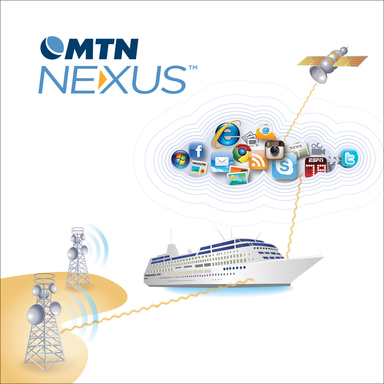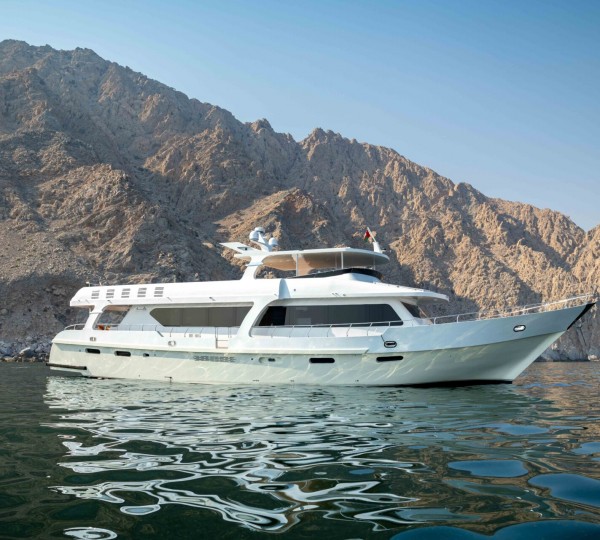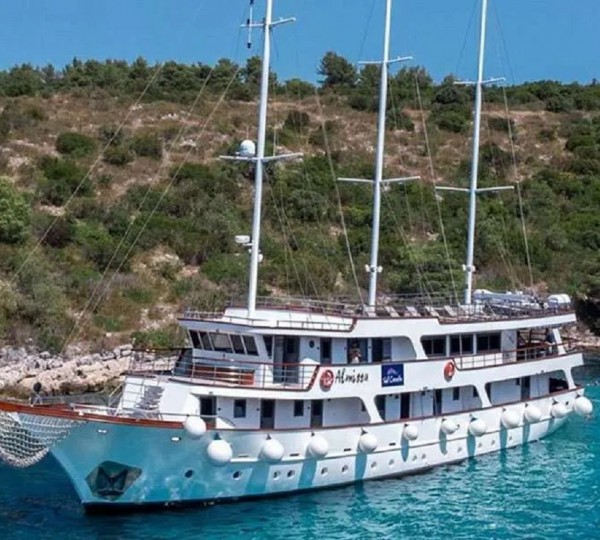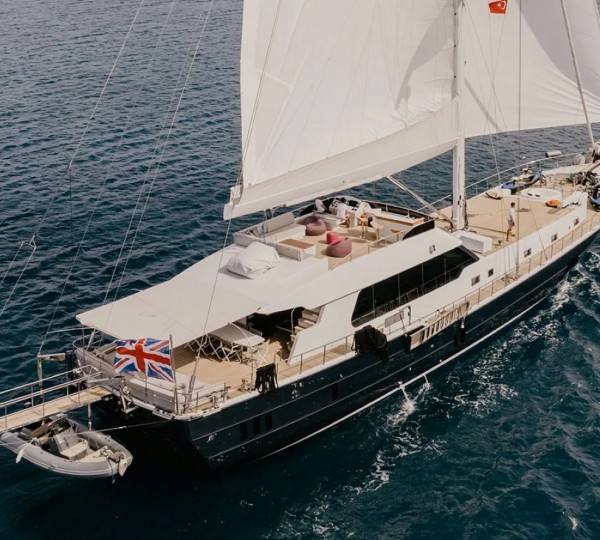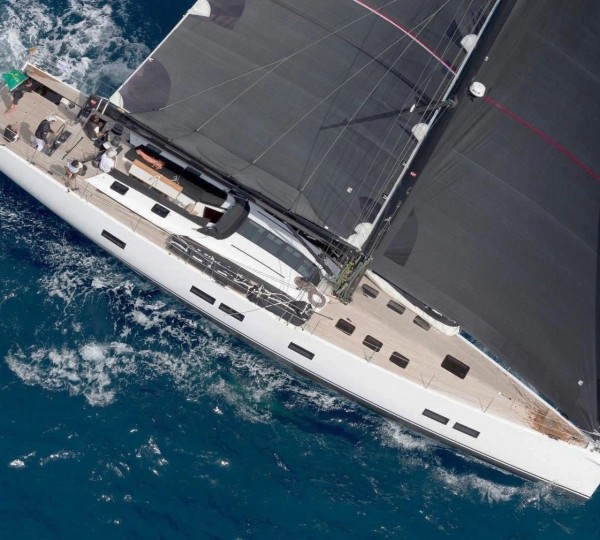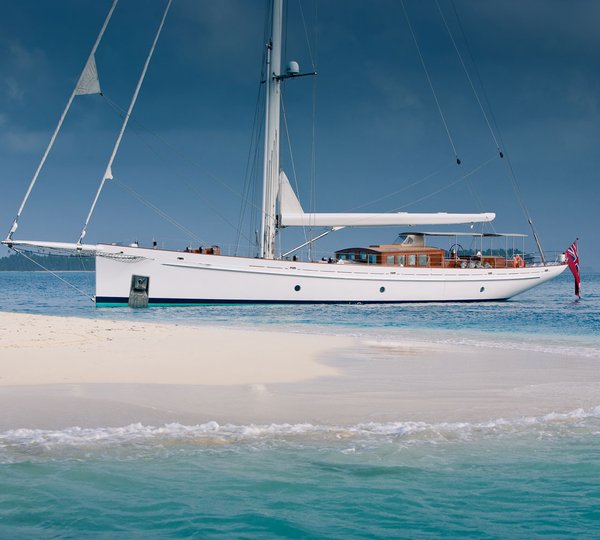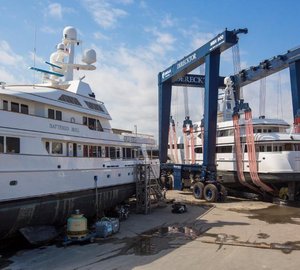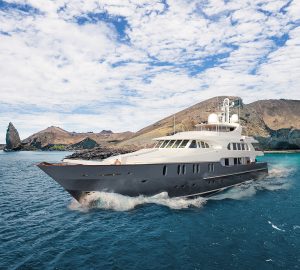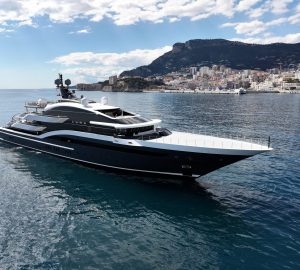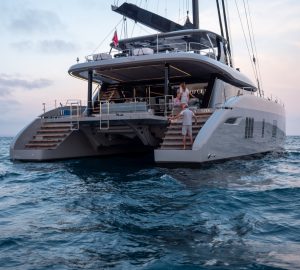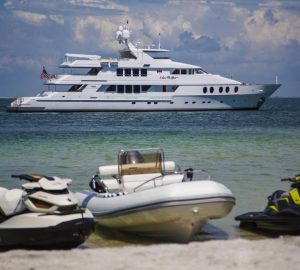Due to the continuous growth of cruise passenger and crew communications requirements, connectivity as well as content demands on cruise operators increase importantly. To address these passenger and crew connectivity needs and to make sure that cruise operators stay ahead of connectivity requests, MTN Satellite Communications (MTN) has presented its latest MTN Nexus™.
MTN Nexus is the company’s next-generation communications network — a hybrid network that builds on a 30-year legacy of satellite connectivity leadership and innovation. This new network will deliver sophisticated computing, caching and security infrastructure to deliver connectivity and communications to a degree never realized before at sea and in port.
“There is no communication network like MTN Nexus in the world,” said Errol Olivier, CEO and president of MTN. “For 30 years, we have innovated new ways to deliver connectivity and content where no terrestrial wireless or wireline networks could connect vessels far out at sea. But passengers and crew no longer accept limitations — they want to stream video, post their updates on Facebook and share vacation images with friends … or even family members sailing with them on the same ship. MTN Nexus bridges the gap between land-based and sea-based connectivity and content delivery. Today, we are launching a solution that will enable our cruise partners to cater to their always-connected passengers and crew.”
The Demand
According to a recent Business Insider report, consumers expect to be connected everywhere, as evidenced by the more than 2 billion people online today via Internet devices. Smartphone sales overtook PC sales in 2011, and Business Insider also cites social networking as the second most popular mobile application in terms of consumption per minute. Today these trends reflect vacationers’ expectations — to keep their devices with them, to keep them on and to keep them connected.
MTN Nexus seamlessly integrates three critical components that, until now, have never been combined into one maritime communications solution:
1. A hybrid satellite and terrestrial wireless network
2. A cloud computing-based optimization platform
3. New products and servicesenabled only through this hybrid solution
“The demand for bandwidth will never go away; however, how bandwidth is managed and delivered on a vessel or fleet of vessels can simplify the delivery of smooth, reliable service,” said Simon Bull, senior consultant, COMSYS. “The MTN Nexus solution, integrating satellite with a terrestrial network and combined with throughput efficiencies, introduces a smart solution for meeting passenger and crew demand.”
The Network
MTN recently made a significant investment in a cruise-specific, purpose-built payload through the launch of Intelsat’s EpicNG satellite constellation. MTN partnered with Intelsat to carefully engineer the delivery of maximum bit-to-hertz efficiency, which has resulted in unmatched throughput and global interoperability to key cruising areas around the world. The partnership has enabled the delivery of a High Throughput Multi-Spot Beam (HTMS) solution delivering up to 500 Mbps per beam in the Caribbean.
MTN HTMS™ will enable vessels to seamlessly roam between MTN HTMS beams and conventional Ku-beams. This collaboration will ensure global coverage and redundancy while reducing cost and antenna complexities. MTN service will remain backward compatible with existing Ku-band satellite systems, current network infrastructure and customer-preferred network topology, making it the most interoperable network available.
That network design was the first step in developing MTN Nexus. The second was combining MTN’s global satellite capabilities with a terrestrial network building a Near-Port/In-Port network using Wi-Fi, 3G, 4G, WiMAX and/or LTE. As vessels move into port, they will switch to Wi-Fi infrastructure using a sophisticated smart switching technology. As a Wi-Fi connection is established, MTN will seamlessly reallocate unneeded satellite capacity back to ships at sea, maximizing capacity and affordability for cruise lines. The results are maximized efficiencies of unused bandwidth when ships are in port and a better end-user experience as crew and passengers move from ship to shore and back on port days without service interruption.
The Platform
MTN ShipCloud™ is an integrated shoreside and shipboard platform that will build on the MTN Nexus hybrid network. Leveraging cloud computing technology, MTN ShipCloud will deliver powerful infrastructure for faster processing and caching of data and content. Content enhancements and processing advancements on the vessel are geared to improve the end-user experience.
The Products and Services
The powerful combination of the MTN Nexus hybrid network, coupled with the MTN ShipCloud platform, will enable the delivery of a communication and content products suite specifically optimized for maritime use to deliver social media solutions, content and calling apps for a more enjoyable at-sea experience. In addition, because MTN Nexus is an open platform, MTN products, as well as cruise-specific products and products from third parties, can be integrated for complete optimization and delivery.
Today, MTN is launching its next-generation network to the cruise market, but it will ultimately expand these capabilities to other key markets that demand the same connection, content and user experience as on land.
“Bandwidth is only part of the solution to the connectivity demands we see every day from our cruise partners,” Olivier said. “The complete solution is an integrated hybrid communications platform specifically designed for the cruise market to further enhance the total user experience. MTN’s next-generation network, built on a worldwide infrastructure, will minimize costs, maximize throughput, optimize operations and deliver the greatest profitability to our partners. MTN Nexus is a purpose-built solution to deliver the at-home experience at sea and in or near port. We know this market better than anyone, and we know how to solve the problems. MTN Nexus will forever change the way we all think about communications at sea.”

